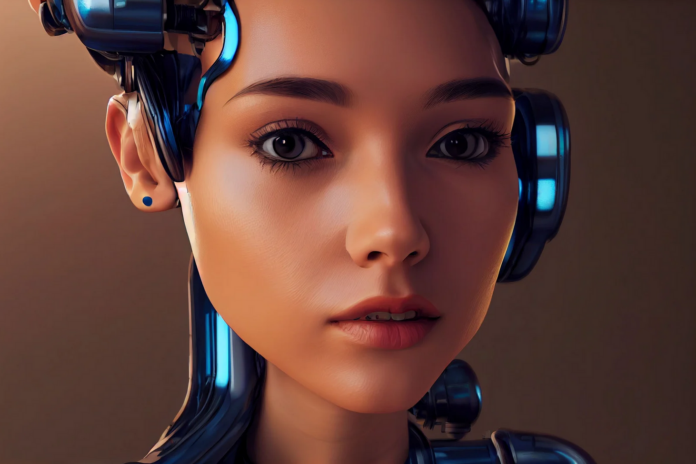In a recent piece on The Guardian, Deepak Chopra shared an intriguing idea about our future. He remarked that a cyborg era is approaching, where the boundary between humans and machines is blurring. “A cyborg future is coming. Man’s relationship with machine is merging and machines are an extension of our own intelligence. I’m so into it. I wear all kinds of bio-sensors to tell me what’s going on inside me. It’s the future,” Chopra explained.
Over the past few months, my writings have increasingly explored not only bitcoin but also technologies inspired by biology. From wearable gadgets and medical implants to sophisticated interfaces connecting the brain and machines, the fusion of living organisms with technology is capturing attention. While the innovations are groundbreaking, they also raise significant ethical questions.
A recent study featured in the prestigious journal Angewandte Chemie International Edition—authored by German researchers—provides an in-depth look at the current progress, potential benefits, and risks associated with “cyborgs.” Although the paper is in German, it thoroughly reviews how technical systems and living organisms are increasingly intertwined.
To clarify, the term “cyborg” (short for cybernetic organism) refers to a living being enhanced with machine components. What might sound like science fiction is already part of modern life. Many people rely on implanted medical devices like pacemakers, prosthetic limbs, and sensory implants such as cochlear and retinal devices. In many ways, these technologies have already made a number of us into cyborgs.
The authors of the study note that the dual pressures of modern biomedical needs and rapid advances in micro- and nanotechnologies have elevated the concept of a cyborg to new heights. Today’s devices can not only interact with our bodies but also substitute for essential functions. For instance, pacemakers assist the heart, and cochlear implants help restore hearing, while sophisticated prosthetic limbs can even connect directly with the brain.
Implanted devices aren’t a new concept. Humans have been using mechanical aids for thousands of years. For example, as far back as Roman times, forged iron was used to create artificial dentures to replace lost teeth.
When modern machines replace intricate bodily functions, it becomes crucial for these devices to communicate effectively with the body. Ideally, they should be able to both receive signals from and send feedback to the central nervous system—essentially forming a “brain-machine interface.” These interfaces allow for direct control commands from the brain and can return sensory or stimulating signals.
The accessibility of low-cost brain-machine interfaces has made it possible even for non-experts to experiment with neuroscience. Take the SpikerBox by Backyard Brains, for example. Marketed as an educational tool, this “bioamplifier” lets users monitor the electrical activity—action potentials—of neurons from common invertebrates like crickets, earthworms, or cockroaches. With options to connect to smartphones or tablets, such devices offer a hands-on introduction to the inner workings of living brains.
While there are serious ethical concerns regarding the use of living creatures in experiments, the idea of interfacing with simpler organisms also opens up a host of innovative possibilities. Insects, with their relatively simple neural systems, provide ideal models for understanding basic motor functions like flying or running. Researchers have even managed to remotely control insects for several hours, leveraging the insects’ natural efficiencies in aerodynamics, energy use, and biochemical sensing.
This growing understanding of biological processes paves the way for “biobots”—organisms such as large insects equipped with electronic and microfluidic control systems. These biohybrids could serve as the foundation for a new generation of tools, including small, energy-efficient flying drones powered by the organism’s own metabolic energy.
The human brain itself exemplifies nature’s engineering marvel. Despite weighing only 2% of the body and operating on just 23.3 watts, it consumes 20% of our energy and delivers an estimated exa-scale computing capability with unparalleled efficiency. In stark contrast, achieving similar computational power with traditional x86 processors would require an enormous 2 gigawatts of power—comparable to the Hoover Dam’s peak output. Clearly, when it comes to computational efficiency, the brain is in a league of its own.
Some see this merging of technology and biology as the next evolutionary leap—a prospect that is as exhilarating as it is daunting.





